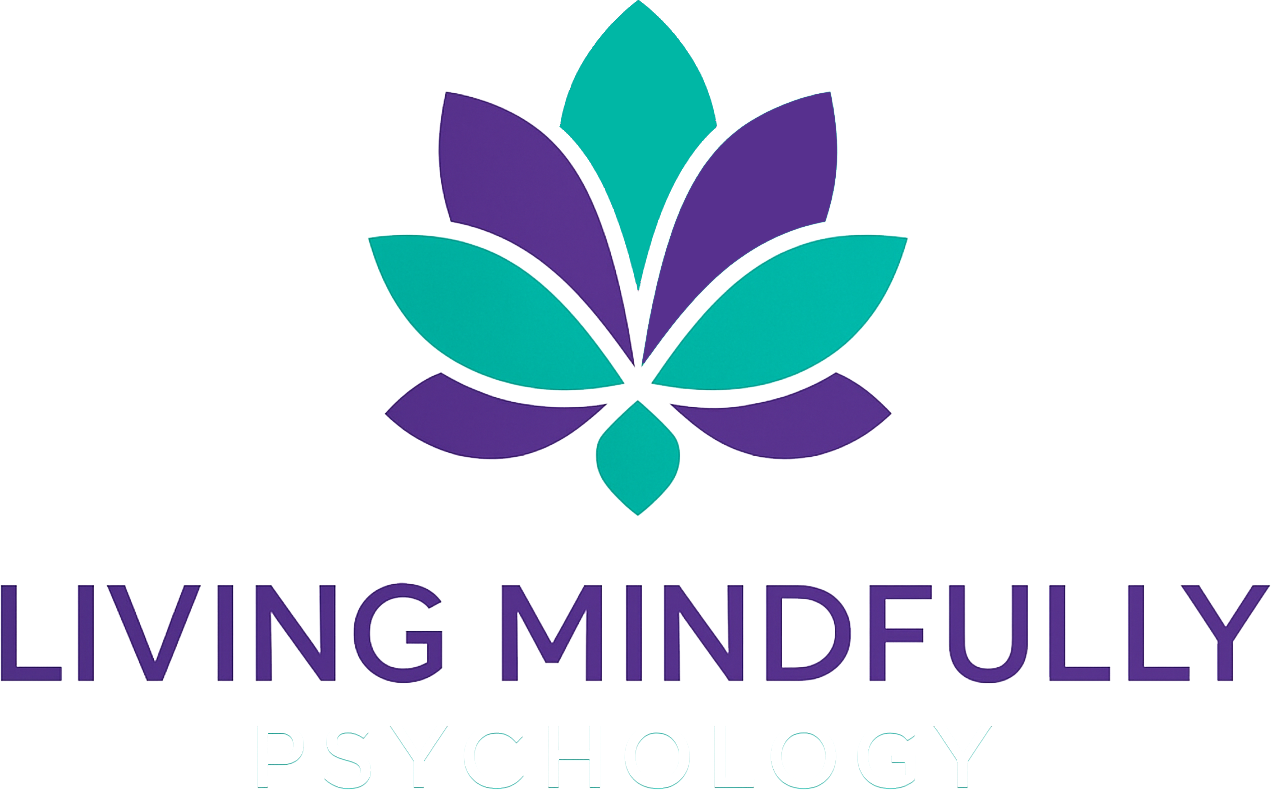TRAUMA TREATMENT
Parenting can be both deeply rewarding and incredibly challenging, especially when a child is struggling with emotional or behavioral difficulties. Dr. Schroeder offers parent training and family support to help caregivers understand their child’s needs while learning practical tools for building a healthier home environment. With warmth and compassion, she provides strategies rooted in behavioral science, mindfulness, and communication skills to strengthen family bonds and promote resilience.
In these sessions, parents receive individualized guidance on managing difficult behaviors, supporting emotional regulation, and fostering self-confidence in their children. Dr. Schroeder’s approach emphasizes collaboration—working with caregivers to identify what works best for their unique family system. By blending evidence-based behavioral strategies with mindful awareness, she empowers parents to respond with consistency, clarity, and compassion.
Family support extends beyond immediate challenges to address long-term growth and well-being. Dr. Schroeder helps families navigate transitions, reduce conflict, and create a foundation of trust and open dialogue. Whether supporting families of preschoolers, teens, or young adults, her goal is to cultivate environments where both children and parents feel supported, understood, and capable of thriving together.
Dr. Schroeder’s approach to trauma treatment weaves together evidence-based therapies and contemplative work. Drawing from Cognitive Processing Therapy (CPT), Dialectical Behavior Therapy (DBT), and relational psychotherapy, she helps clients engage the healing process with safety, compassion, and curiosity. These approaches offer practical tools for understanding the impact of trauma on the body and mind, while also tending to the emotional landscapes of shame, self-blame, and disconnection that so often accompany suffering.
Dr. Schroeder conceptualizes trauma as both a personal and collective experience—shaped by the social, cultural, and systemic contexts in which we live. Healing involves not only easing internal pain, but also recognizing and releasing the shame that arises when one’s inherent worth has been obscured by injustice or marginalization. In this work, mindfulness, compassion, and symbolic understanding become pathways back to wholeness. When we meet our wounded parts with presence and empathy, we rediscover the possibility of integration—of living more fully and authentically within ourselves and in community with others.


